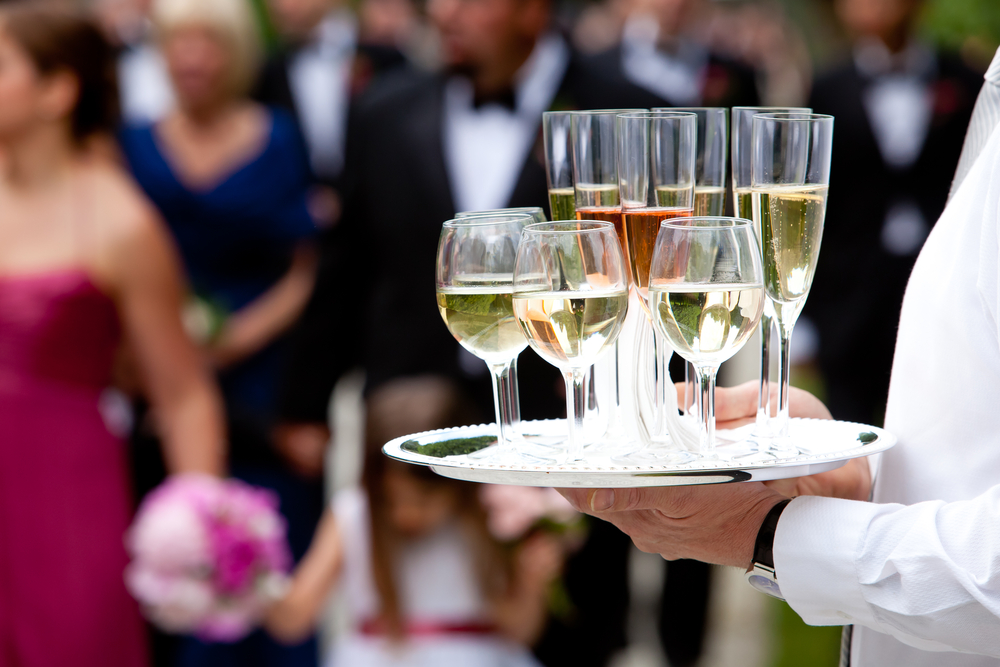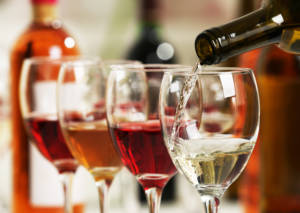
Alcohol tends to play a big part in many weddings. From toasting to the happy couple to providing encouragement to family members looking to dance, the right libations can take your event to the next level. The trouble plenty of couples experience is trying to pick out drinks that will please a large crowd. Individual drinking preferences tend to vary greatly from one person to the next. In order to make your guests happy and not spend a small fortune, you want to limit your bar to a few key selections.
Wine is one of the easiest options available when you’re looking for drinks that will satisfy a large group. However, you still need to put some thought into the type of wine you pick. Look over these tips and learn more about how you can find the right wine for your big day.
Understand the Basics
First and foremost, you should have some concept of wine basics before you start your search. If you’re someone who prefers liquor or beer, then you could be clueless about wine. The simplest point to understand is that red and white varieties are the most popular. Still, you won’t be able to get away with having one or the other. You should always offer at least one red and one white at the bar. Which varieties you pick, of course, will come down to a few other factors.
Consider the Season
For some couples, the influence of the season plays a huge part in planning a wedding. Everything from floral arrangements to decor will be selected based on the time of year the event will take place. The wine can be chosen using the same mentality. If you’re getting married in the winter, for example, some experts advise selecting a red that keeps the drinker warm and toasty. Similarly, a spring wedding can be great for a white with fruity or floral notes to it.
Look at Your Menu
Another helpful strategy when it comes to picking wine for your wedding is considering your exact menu. It is no secret that specific wine options pair well with certain meals. A menu featuring seafood will usually be complemented by wines with a lighter feel. Meanwhile, couples serving beef will find that reds like a pinot noir can bring out the best flavors when the two are paired together. Work with your caterer if you need advice on which wines will work best with the menu to make the most efficient selections.
Explore a Variety of Wine
You don’t need to feel obligated to select only a single type red and white wine either. In fact, some couples find it easier to order an assortment of bottles in the same price range. There are many online distributors that will sell mixed crates of wines at a low cost, allowing you the option to find a fun assortment without breaking the budget. However, having a lot of variety limits the quantity of each type you buy. Weigh the pros and cons before ordering any “variety packs” and see what’s best.
Determine the Amount of Wine
Determining how many bottles of wine you will need can be a very big challenge. Factors that will influence the final number include how many guests will be present, the cost per bottle, and what other alcohol options will be offered. Some experts suggest ordering one bottle of wine for every guest you are inviting. Though this method can cover you in a lot of ways, this particular strategy might not be the best approach for all couples.
Ordering wine for a wedding can be a bigger decision than many couples realize. Review how to find the perfect bottles for your big day and feel confident in the choices you make.



